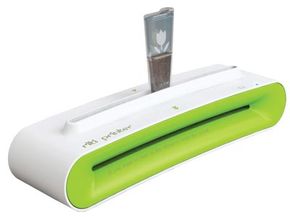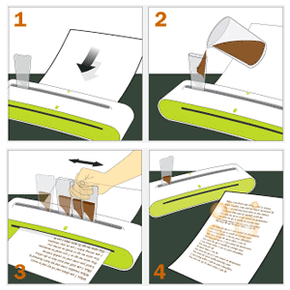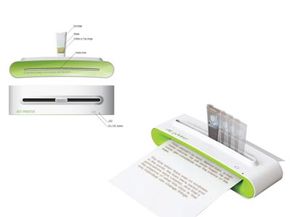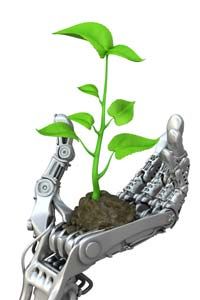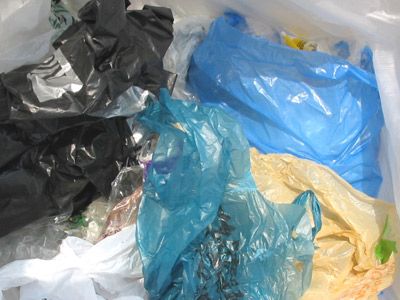Key Takeaways
- The coffee printer concept utilizes spent coffee grounds as a source for printer ink.
- This idea faces practical challenges, such as the limited color and quality of ink produced, the potentially cumbersome ink-loading process and the reliance on personal coffee or tea consumption for ink supply.
- Environmentally friendly inks like soy ink offer a more established and sustainable alternative to traditional petroleum-based inks.
Imagine finishing off a nice cup of morning coffee and then, instead of throwing the grounds into the trash, pouring them into a cartridge where they become printer ink. This ingenious idea is the premise of an exciting new design for a next-generation eco-friendly printer -- the RITI coffee printer -- that we'll examine in this article.
The coffee printer is reflective of a growing movement for more eco-friendly electronic devices, ones that eschew toxic compounds and use more recyclable components. Some of these gadget designs use bioplastics, biodegradable plastics. At the 2008 Greener Gadgets Conference, computer giant HP presented a printer made out of a corn-based bioplastic. The coffee printer was part of 2009's conference.
Advertisement
Conventional inkjet printers are very wasteful. On average, if you heed your printer's warning messages and buy new cartridges when instructed, you'll be tossing away up to 58 percent of the cartridge's ink [source: Hayworth]. A printer's "cleaning" program also causes it to go through costly ink. Adding to the problem, most people don't recycle their cartridges, and so every year, around 270 million print cartridges, made up of plastic, metal, rubber and other materials, end up in landfills [source: UConn Recycling].
Most printer ink is petroleum-based, which means that like with our transportation sector and plastic production, we use tremendous amounts of oil to make printer ink and toner -- around 50,000 tons (45,359 metric tons) of black gold per year [source: Billera]. During manufacturing, petroleum-based inks also produce dangerous chemicals called volatile organic compounds (VOCs). These pollutants can get into the air and groundwater and may lead to a variety of acute or chronic health problems.
Now that we've established some of the problems with conventional inks, let's take a look at some of the benefits of the coffee printer's design.
Advertisement
